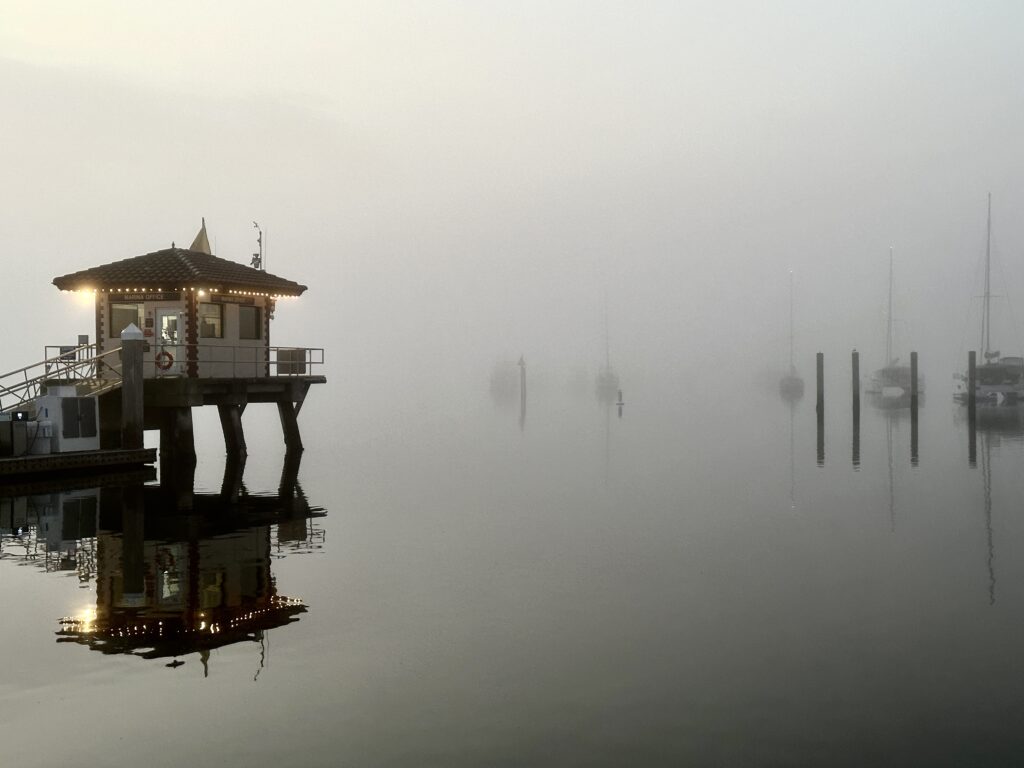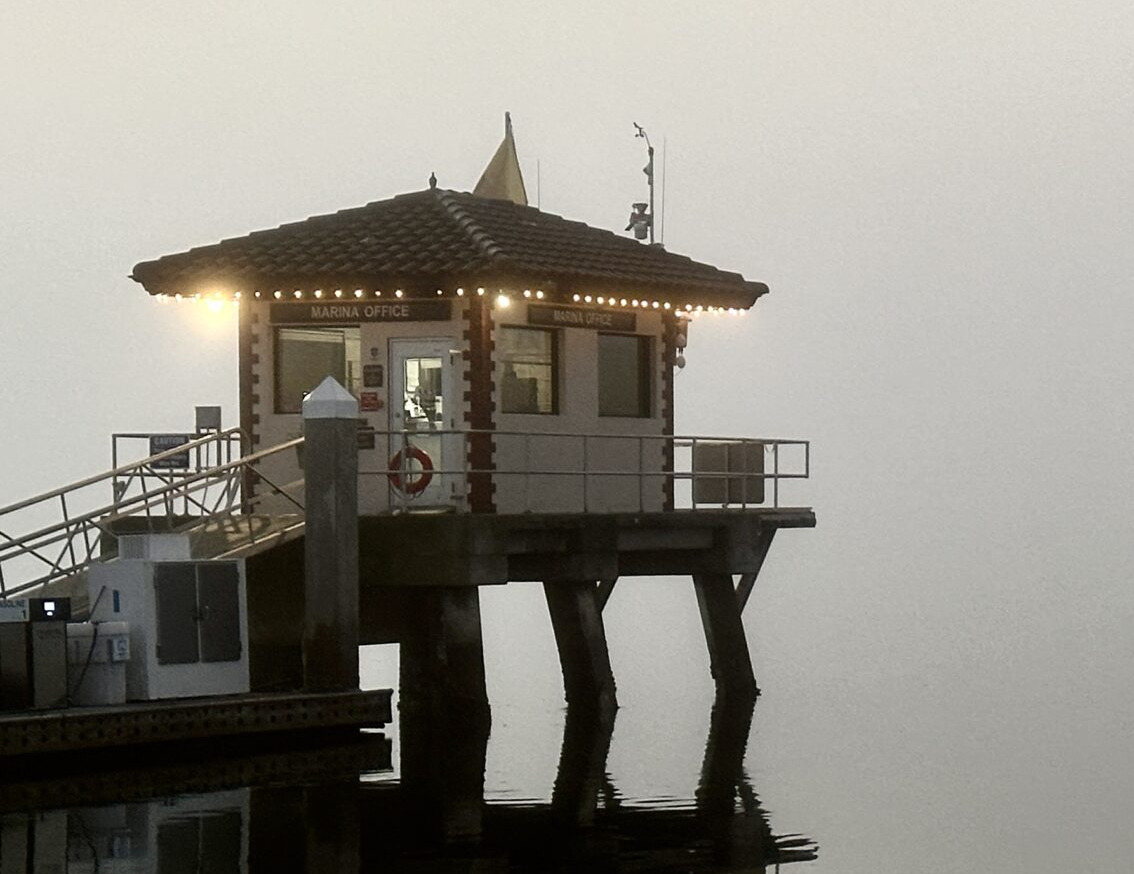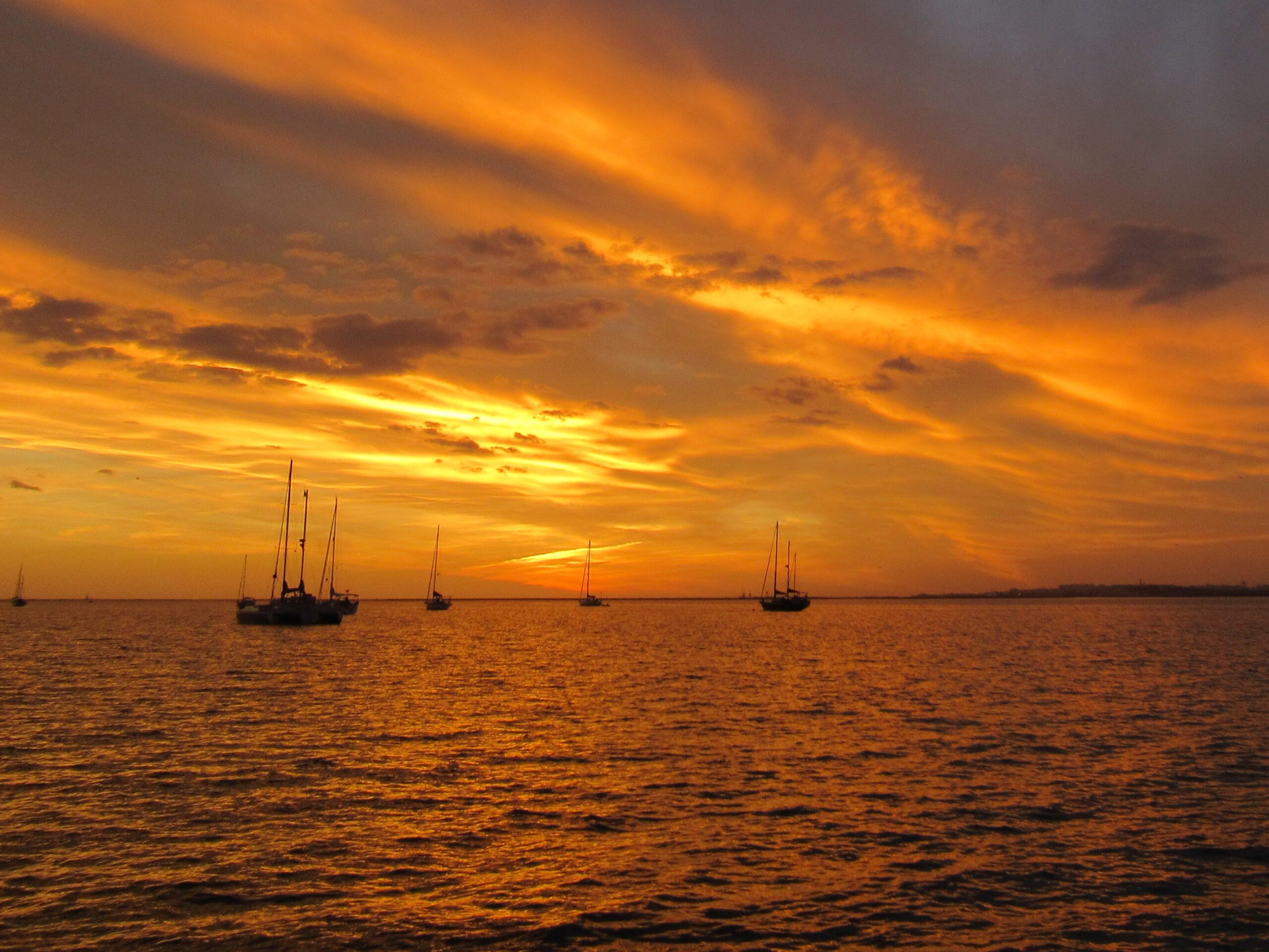Entering Saint Augustine, Florida, is almost America’s East Coast cruising right of passage. Those used to entrances and exits like Poole Harbor in the UK or other tight channels will recognize the impact of heavy currents and offshore winds. Easterly winds with an outgoing tide can create a significant chop, stopping a yachtsman in their tracks. This can become unnerving with breaking waves on both starboard and port.
I’ve entered Saint Augustine multiple times but always approach the entrance at high slack water in daylight. Arriving before noon means the sun will be at your back rather than in your eyes as the channel runs east to west.
When I first moved to East Coast sailing, I was told I should expect charts to be wrong, buoys to be out of position, and the shoaling of inlets to be random. Driven by a fairly active hurricane season, one big storm can quickly change the viability and channel of an inlet. I was told: “Put the sea buoy to your stern, aim for the giant cross on the hill, and ride the line straight into the Atlantic ICW (AICW)”. When I lined up, I was surprised that this was all true, and with monstrous waves crashing onto the shore and surfing down waves, the crew of Eoti slid into the AICW, running almost 9 knots speed over the ground with the current pressing us forward.
Saint Augustine has been a top destination for East Coast USA cruisers for the last few decades. The amenities, including dinghy docks (click to see charges), are extensive, with a large St. Augustine Municipal Marina and a relatively large St. Augustine Municipal Mooring Field. There is an anchorage just north of the bridge and fort too.

Most of St. Augustine has substantial protection from weather, except Northwest winds. In 2022, a passing hurricane damaged the municipal marina. One of our crew was on a 50-foot Leopard Catamaran for the storm’s duration in the mooring field. Their experience was uncomfortable, but they survived while other boats broke loose and beached. It is almost expected that a ship will break free and get shoved under the double bascule bridge called the Bridge of Lions. There are anchorages south of the mooring field and north of the mooring field.

The amenities for cruisers continue with Oasis Boatyard and Marina and Saint Augustine Marine Center located on the San Sebastian River behind the old city. Further up the river, you can find Rivers Edge Marina, with food trucks nearby and Hurricane Patty’s on the premises. Hidden Harbor Marina is a true jewel located almost on King Street, the main thoroughfare for the city from East to West.
Some notes to cruisers arriving from far-off lands. If you came through the Bahamas, you would have built up a tolerance to skinny water sailing and IALA-B (red right returning). Saint Augustine is AICW, meaning water depths are usually in the 8- to 14-foot range, with significant portions as low as 6 feet. Fixed bridges along the AICW are supposed to be 65 feet (except for Miami), but we have done the AICW figure’s length on 63 feet clearance. There is a saying about the ICW. You’ve been aground, about to go aground, or are aground. With channels poorly marked and often aids to navigation located well inwards of actual channels, the reality does not match the chart.
Once you get to Saint Augustine, the oldest city in the United States, there is much to do. It was founded in 1565 by Spanish Explorers. The narrow streets, Spanish Architecture, and names will have you thinking you’re somewhere other than Florida. Claiming to be one of the homes of the legendary Fountain of Youth and the 17th century, the history is as thick as the humidity.
The San Sebastian Winery and the Saint Augustine Distillery is the location of some reasonably famous spirits. Considering that Saint Augustine is also considered one of the spookiest cities in America, the existence of spirits should not surprise us. If you get hungry chasing spirits, there are over a hundred restaurants in the city, with many a short walk from one of the marinas or the dinghy docks.
My family and crew rate locations on how hard it is to leave them. We call this the Velcro rating, and Saint Augustine has a Velcro rating of 4 out of 5. You’ll stay longer than expected, but you won’t regret it even a bit.







